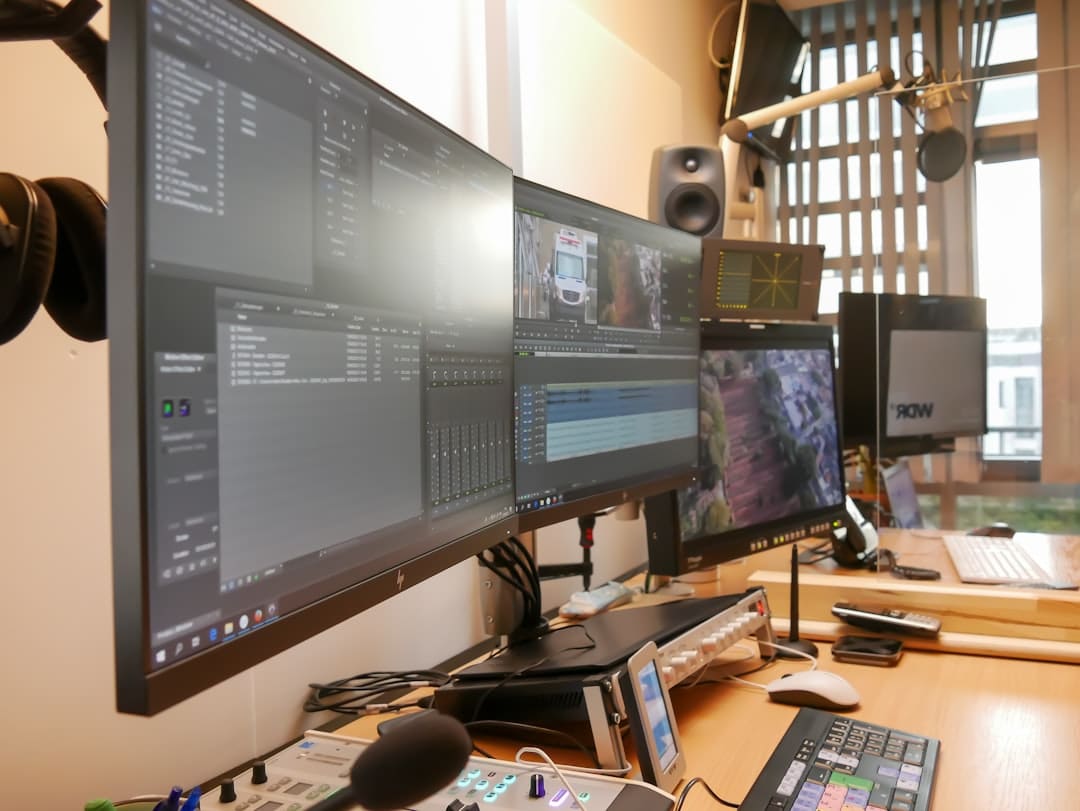The best AI video translators to help you go global

Artificial Intelligence (AI) is revolutionizing how content creators and businesses reach international audiences. One of the most powerful tools enabling this global reach is AI video translation. Whether it’s for YouTube creators, e-learning platforms, or corporate training videos, AI-powered video translation tools are breaking down language barriers at scale, with speed and efficiency once unimaginable. By converting spoken content into multiple languages, these translators help deliver more inclusive, tailored messaging for a global market.

Top AI Video Translators to Explore in 2024
Here are some of the best AI video translators currently available for individuals and organizations looking to go multilingual and expand their reach worldwide:
1. DeepL Translate + DeepL Video Integrations
DeepL is well known for its high-accuracy text translations. With partnerships and API integrations for video platforms, DeepL’s AI can now be used to translate video transcripts which are then used to subtitle or dub content with precision. It’s noted for preserving sentence structure and tone—even with complex idiomatic expressions.
2. Papercup
Papercup is an AI dubbing service that goes beyond subtitles by providing translated audio in human-like voices. This tool is especially useful for training videos, corporate content, and documentaries. With a growing library of target languages and regional voice variations, Papercup is a standout choice for marketing and media companies.
3. Descript
Descript offers powerful transcription, editing, and overdubbing features. While it’s primarily known for podcasting and video editing, Descript also supports multilingual outputs using voice cloning and text-to-speech technologies. Users can translate dialogue and have it voiced in synthetic narrators that match their own intonation.
4. HeyGen
HeyGen has rapidly grown in popularity due to its ability to create AI avatars and deliver lip-synced translations in multiple languages. Perfect for marketing and educational purposes, HeyGen allows users to maintain engagement by translating not only language but also facial cues, making its output feel native and personal.
5. VEED.IO
This browser-based video editing platform includes automated subtitles and translation features. VEED.IO is designed for social media content creators looking to localize their content quickly with easy editing tools, supporting a wide variety of file formats and direct platform exports.

Benefits of Using AI for Video Translation
- Speed: AI tools translate large volumes of content in a fraction of the time it would take a human.
- Scalability: These solutions can scale across multiple languages and platforms simultaneously.
- Cost-effective: Compared to hiring multiple translators or voice actors, AI translators significantly reduce costs.
- Consistency: AI maintains tone, terminologies, and brand voice across different versions of a video.
Challenges and Considerations
While AI video translators are powerful, they are not flawless. Nuanced expressions, cultural context, and voice inflection can sometimes be lost. Therefore, for high-stakes content areas such as legal, medical, or nuanced storytelling, human editing or review is still advisable. Moreover, privacy and copyright concerns should be considered, especially with sensitive or proprietary video content.
FAQ: AI Video Translators
- Q: Can AI translate any language accurately?
A: Most AI translators support major world languages with high accuracy. However, regional dialects or less common languages may still require human review. - Q: How is AI video translation different from subtitles?
A: Traditional subtitles are often manually created and translated. AI video translators automate this process and can also provide voice dubbing and lip-syncing for a more complete localization experience. - Q: Are these tools suitable for corporate content?
A: Yes, many AI video translators offer enterprise-level solutions with added features like security protocols, team collaboration, and advanced editing tools. - Q: How much do AI video translation services typically cost?
A: Costs vary by platform and features. Some offer free plans with limited usage, while others provide monthly subscriptions or pay-as-you-go pricing models based on minutes translated.
As video becomes the dominant form of communication across industries, AI-powered video translation stands as a transformative technology. By breaking linguistic and cultural barriers, it provides unprecedented access to content on a global scale.
